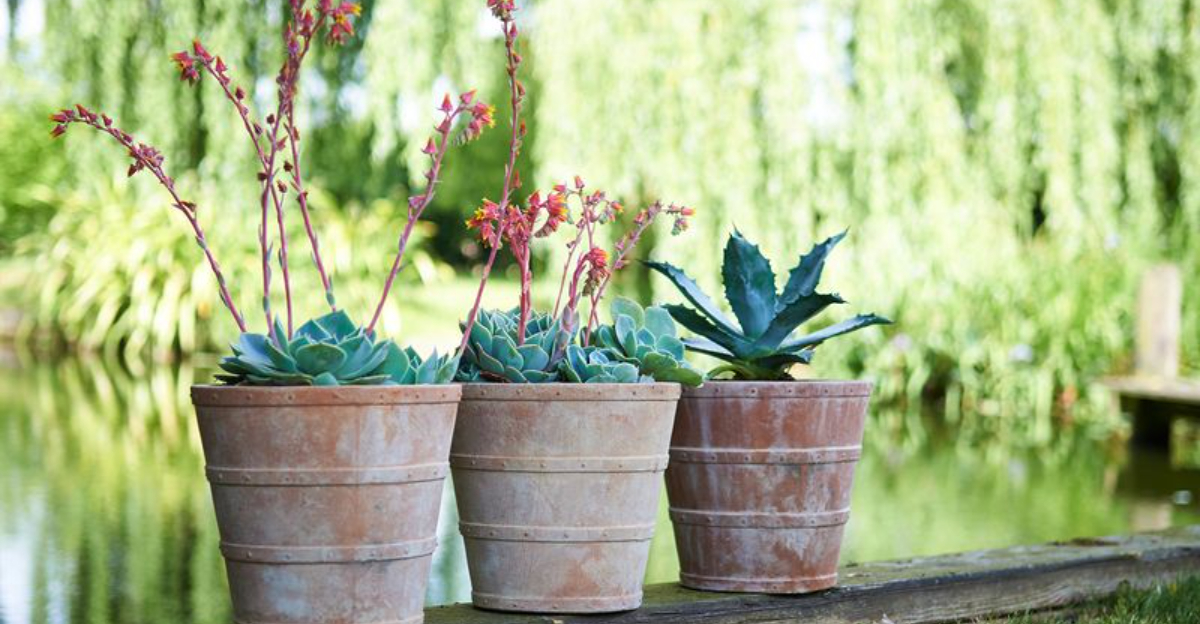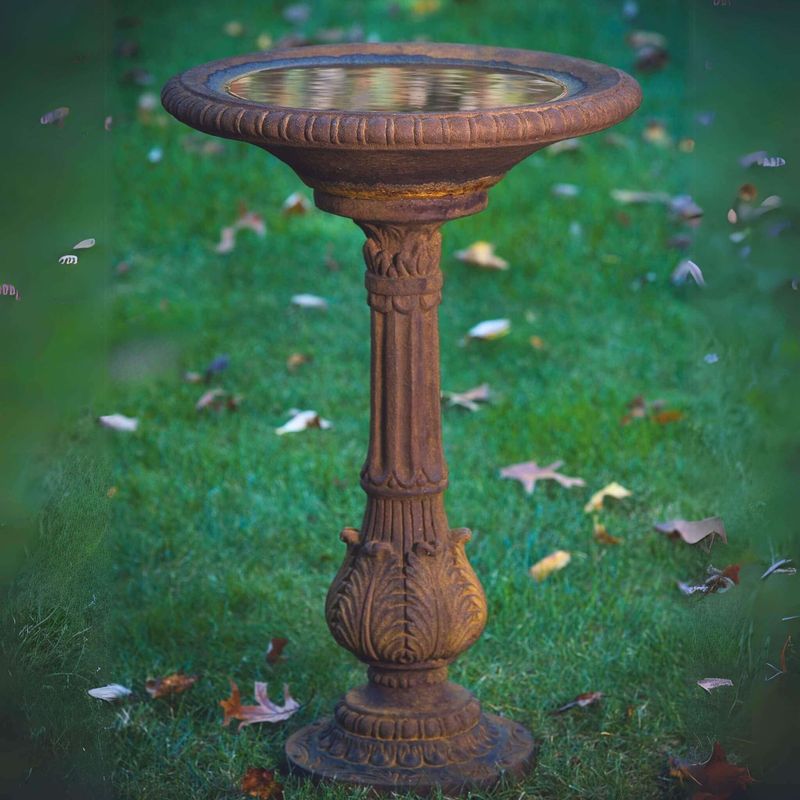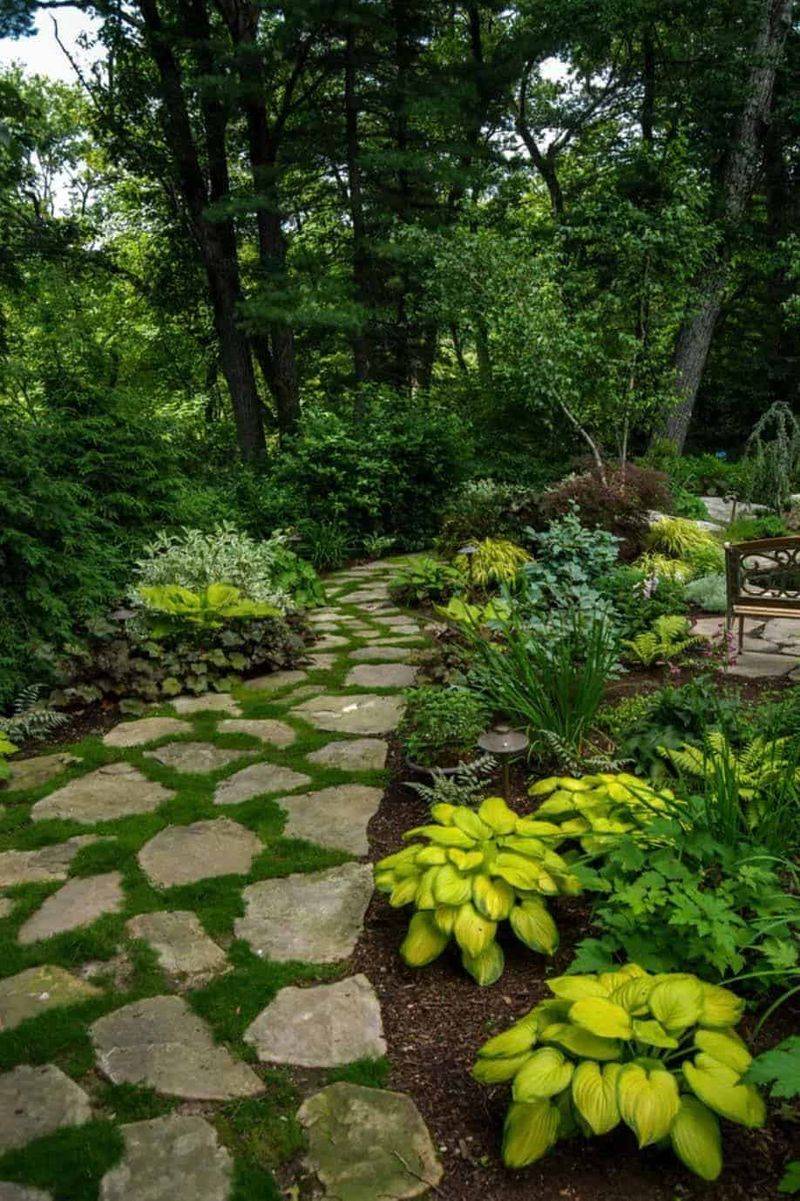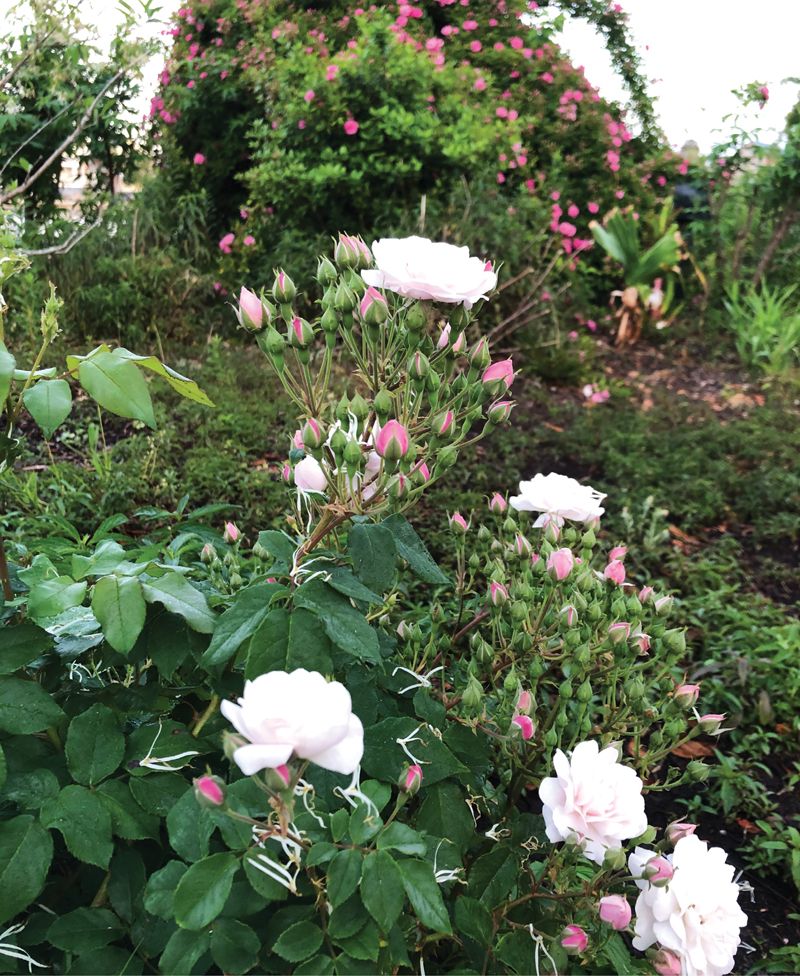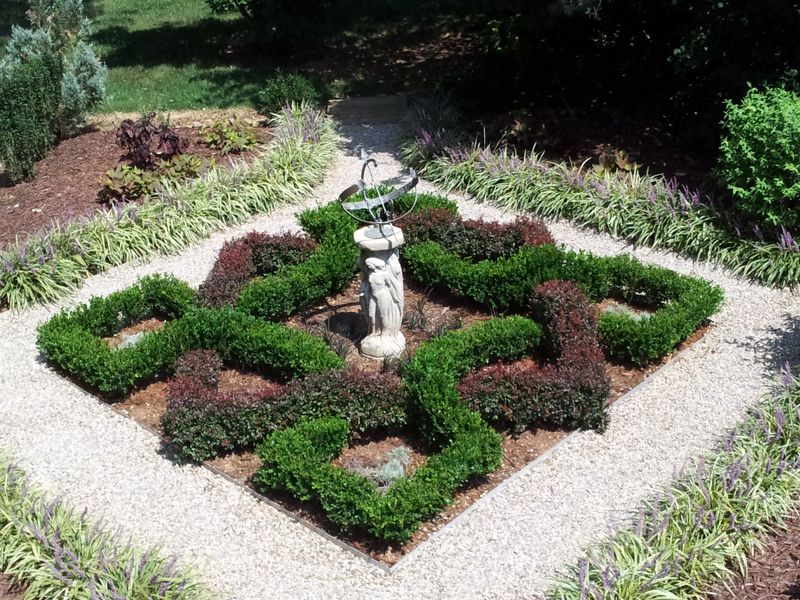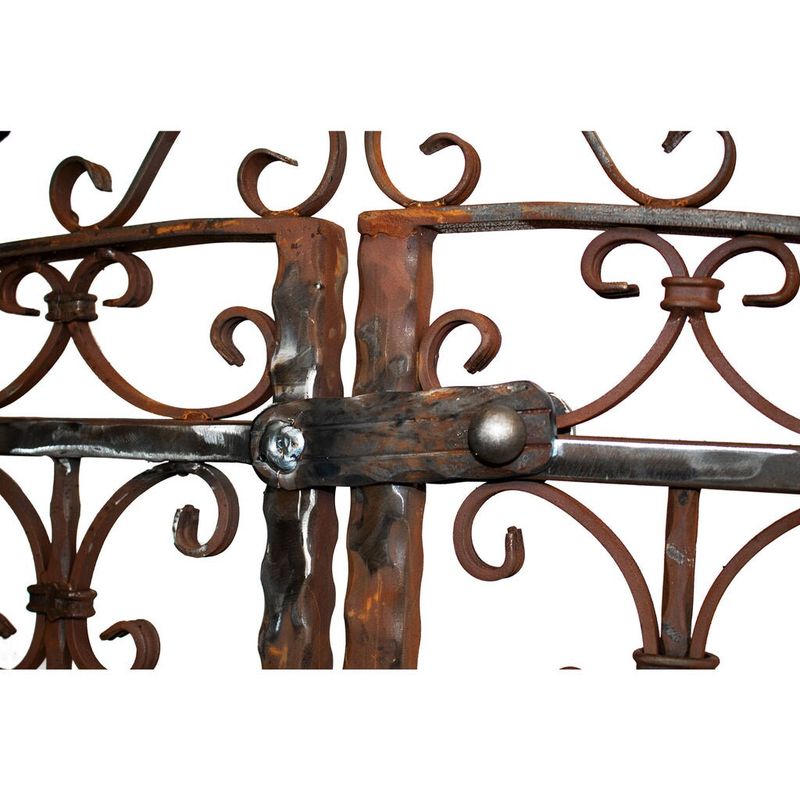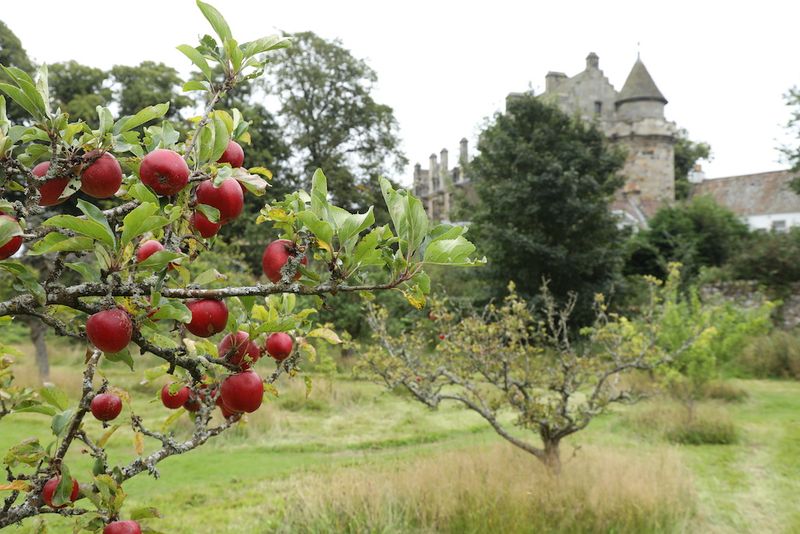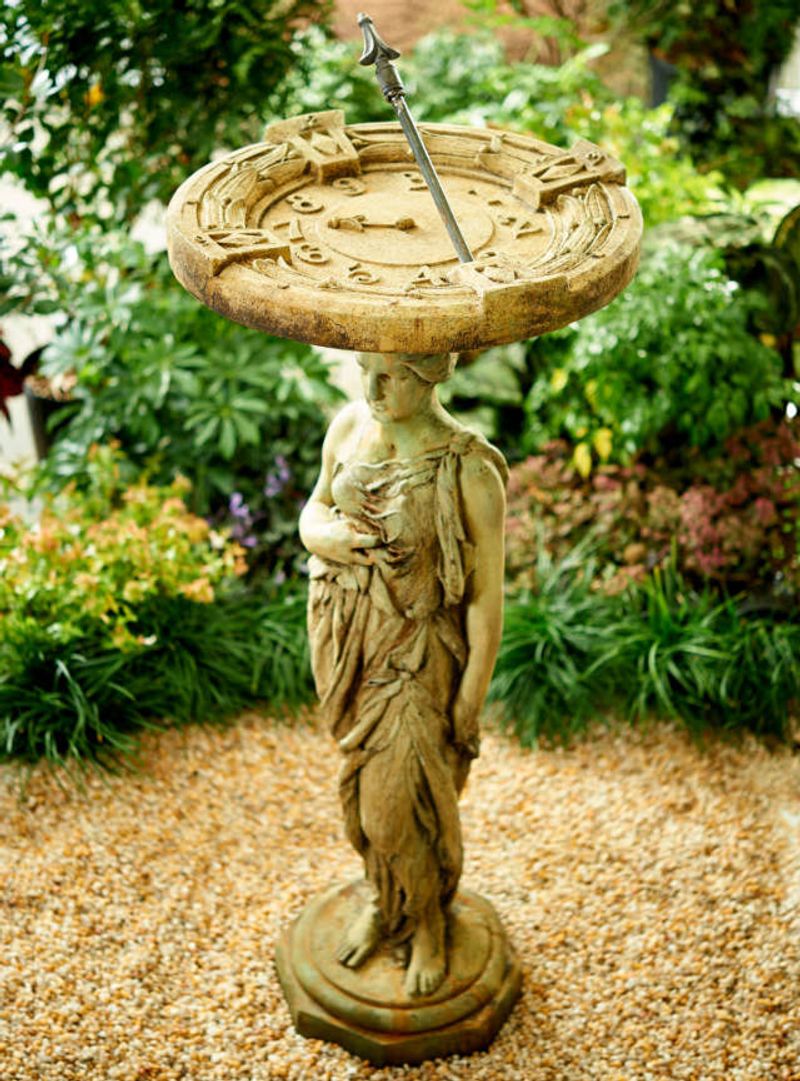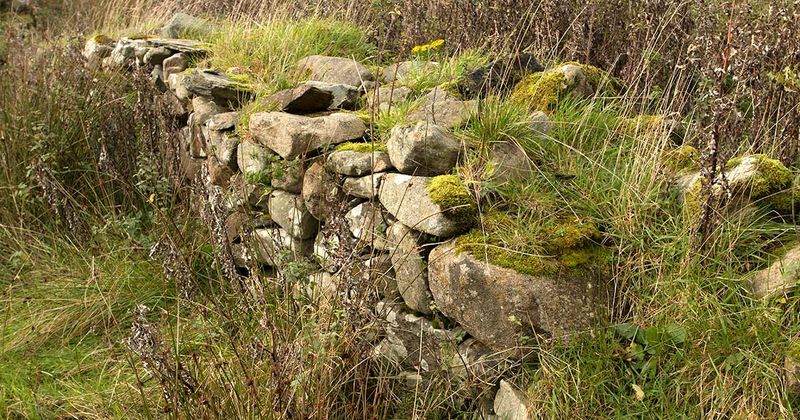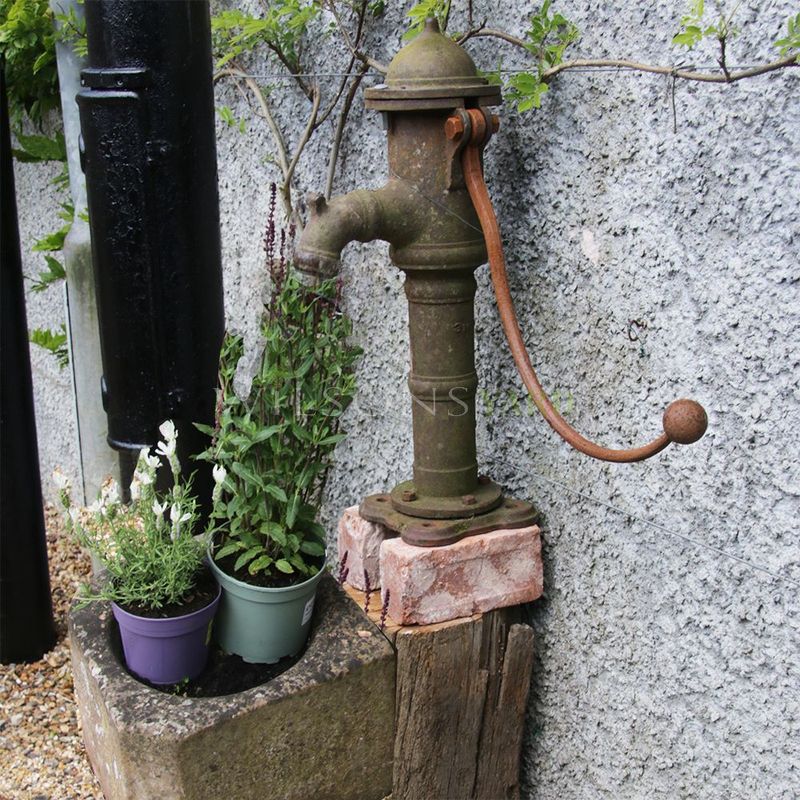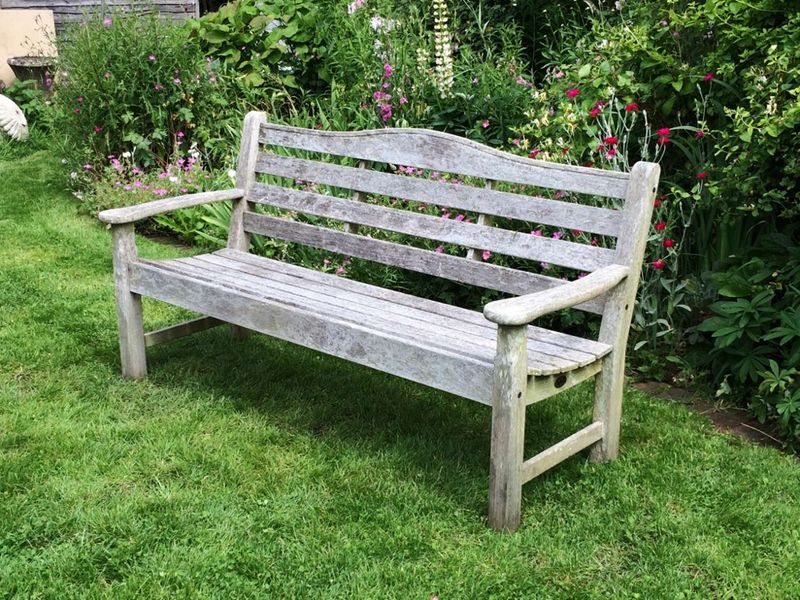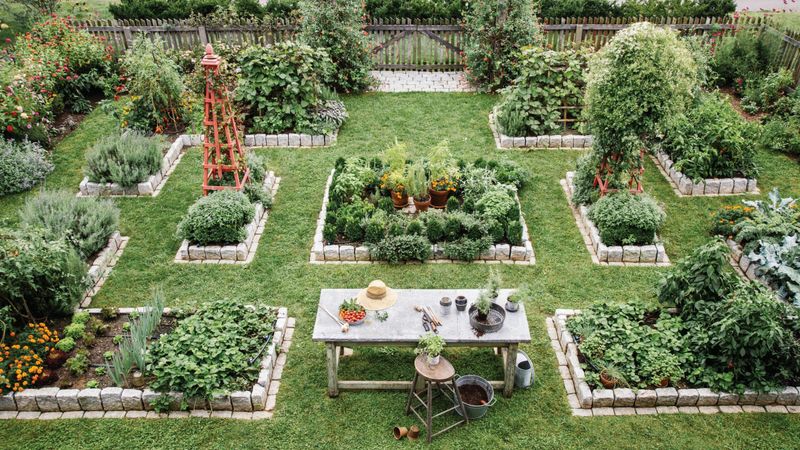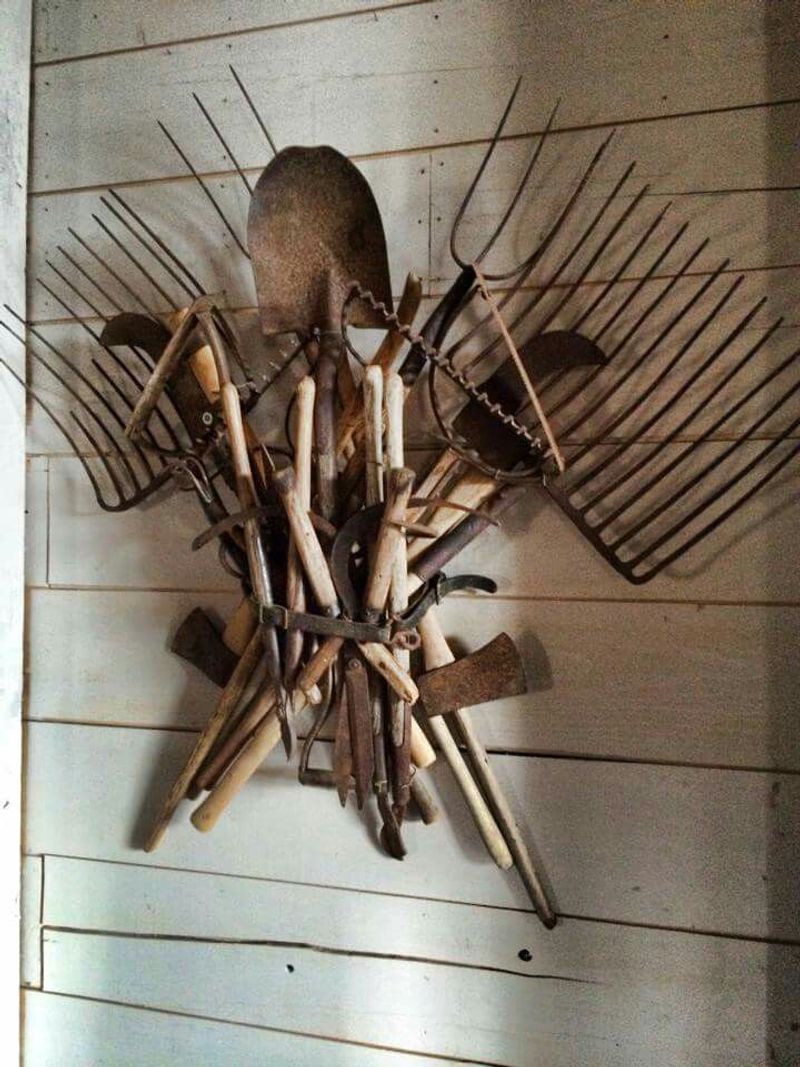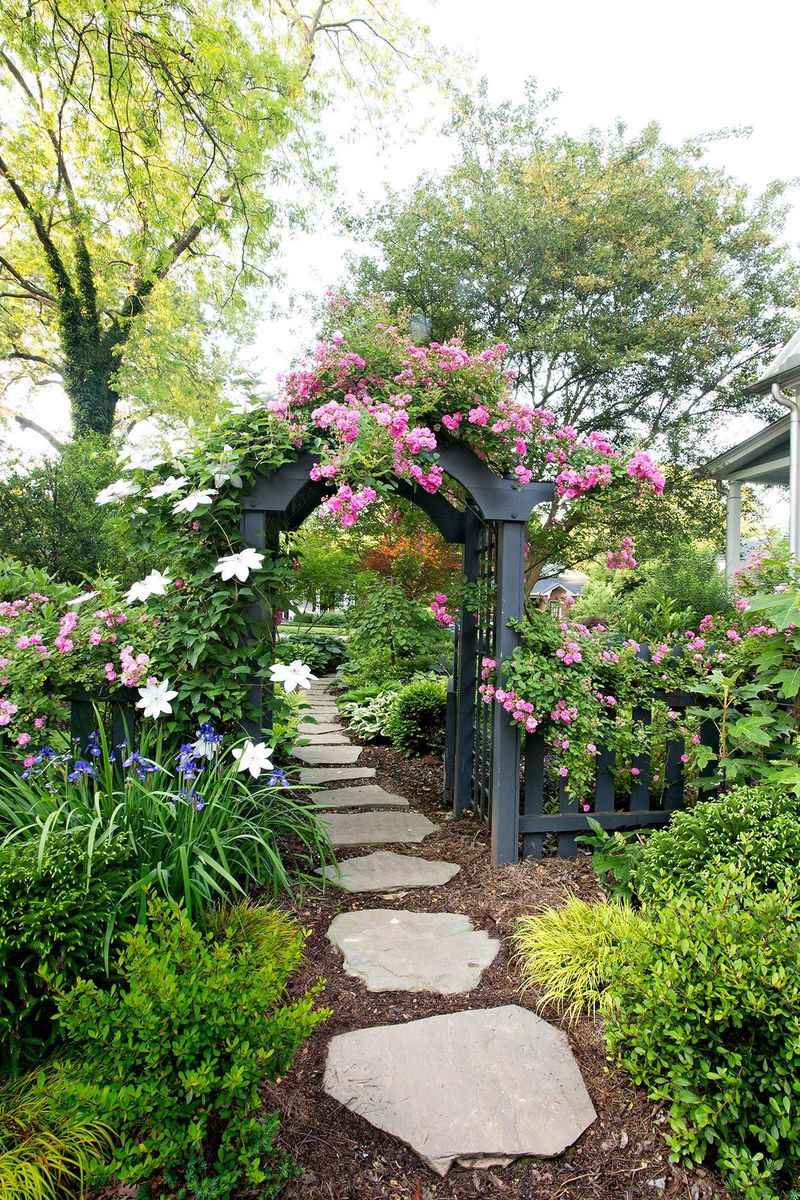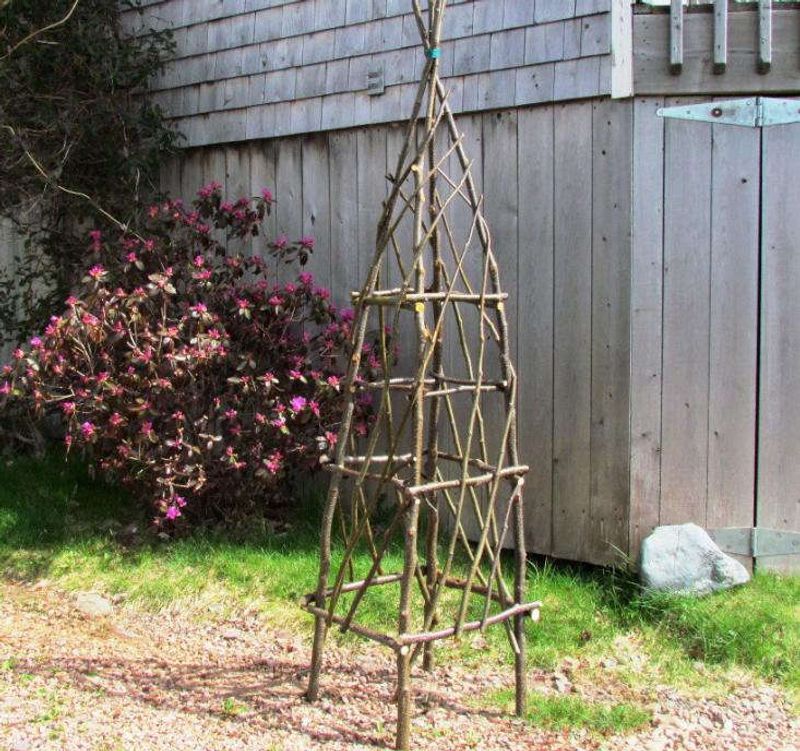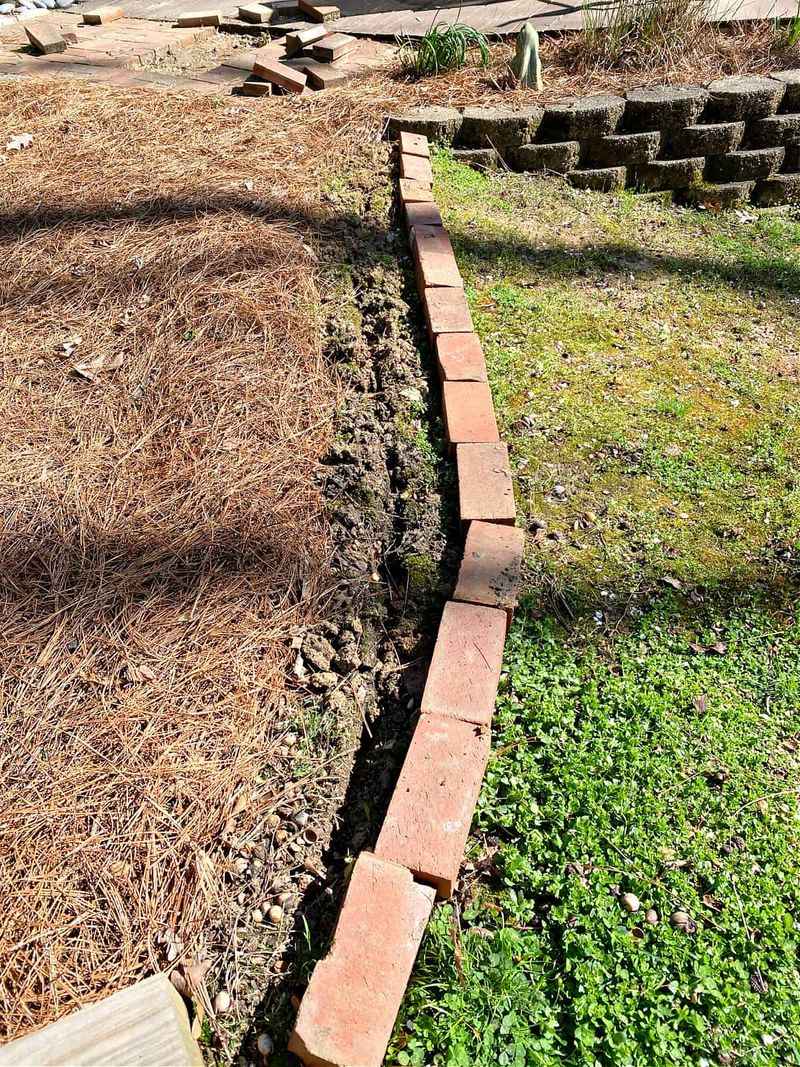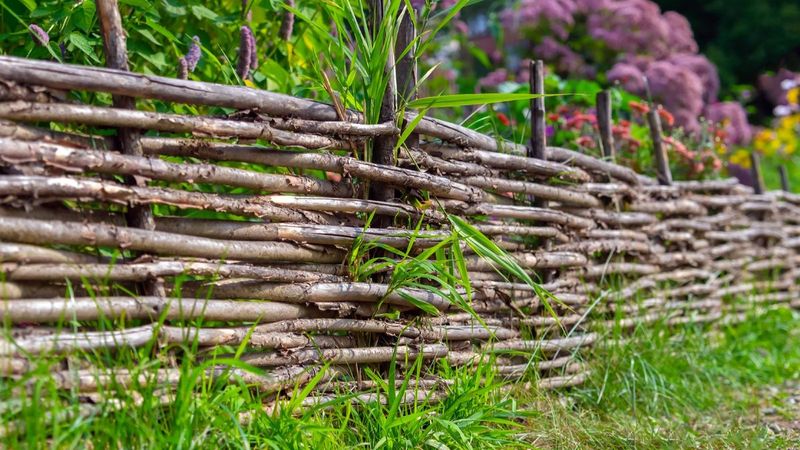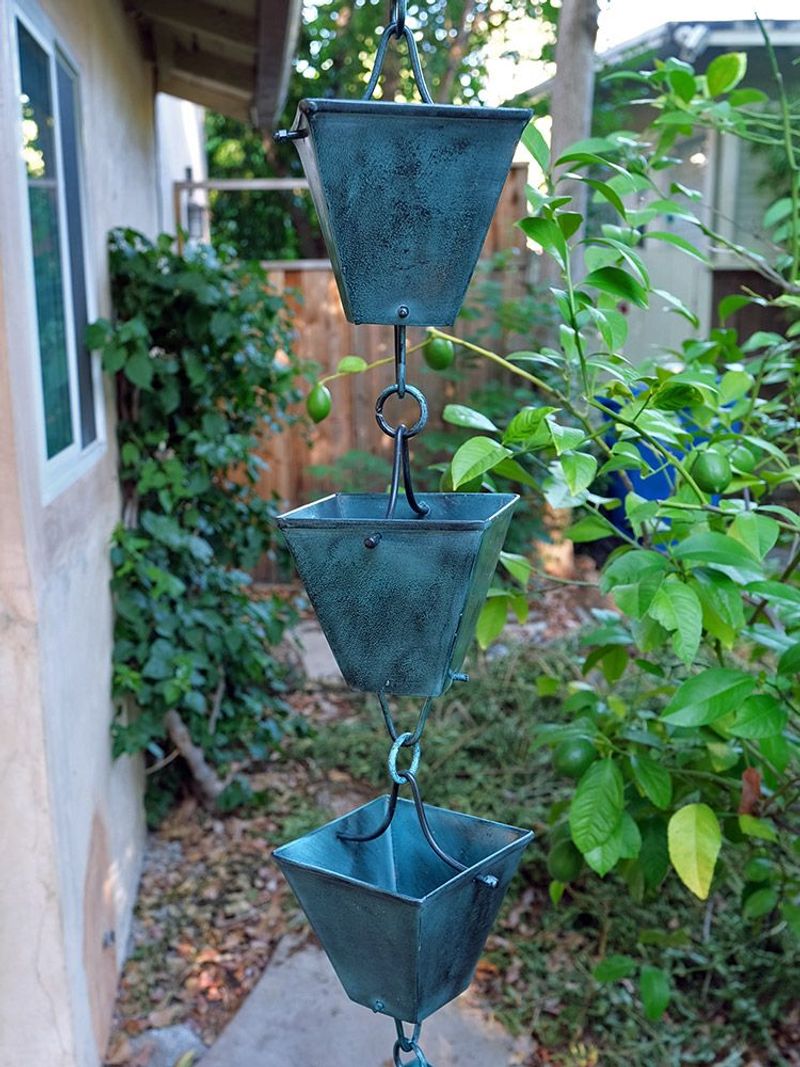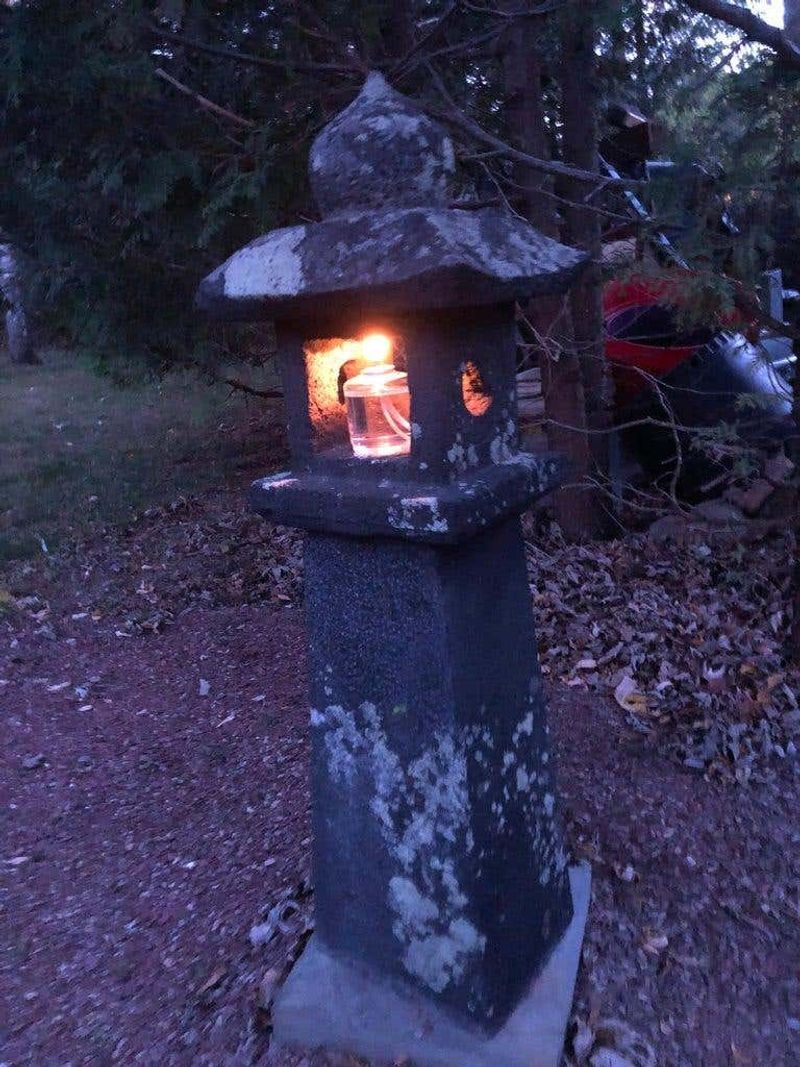Ever walked through a garden that feels like stepping back in time? There’s something magical about spaces that carry whispers of the past.
Creating a garden with heritage charm doesn’t require a centuries-old property – just some clever techniques and thoughtful touches.
Whether you have a brand-new backyard or want to enhance your existing garden’s character, these methods will help you cultivate that coveted timeworn appeal that makes visitors feel they’ve discovered something special.
1. Add a Victorian Bird Bath
Feathered visitors have always been welcome in heritage gardens, and a classically styled bird bath serves as both wildlife attraction and decorative focal point. Cast iron or aged stone versions with ornate pedestals capture the essence of Victorian garden ornaments.
When shopping, look for pieces with decorative details like acanthus leaves or fluted columns that were popular in bygone eras. The more weathered it appears, the more authentic it will seem.
Place it where it catches dappled light, allowing the water’s sparkle to draw the eye while providing birds with the shallow bathing spot they prefer.
2. Install Weathered Stone Paths
Imagine footsteps from decades past treading along the same stones beneath your feet. Reclaimed flagstones or cobbles instantly transport your garden back in time, especially when laid in irregular patterns with spaces for creeping thyme or moss.
Hunt for weathered stones at architectural salvage yards – the more worn and uneven, the better. The slightly wobbly, imperfect surface speaks of generations of use.
Allow nature to further enhance their character by encouraging moss to grow in the crevices, creating that coveted patina that only time and weather can perfect.
3. Plant Heritage Roses
Nothing whispers tales of yesteryear quite like the soft petals of heritage roses. Unlike their modern counterparts, these historical beauties offer intoxicating fragrances that have charmed gardeners for centuries.
Look for varieties like ‘Souvenir de la Malmaison’ or ‘Madame Hardy’ that have remained unchanged since Victorian times. Their relaxed, full-petaled blooms create an instant connection to gardens of the past.
For maximum impact, plant them along pathways where their perfume can be enjoyed up close, or let them scramble over an aged wall for that quintessential cottage garden feel.
4. Create a Herb Knot Garden
Medieval monks were the original herb gardeners, cultivating medicinal and culinary plants in intricate geometric patterns. You can capture this ancient tradition by designing a simple knot garden using low-growing herbs like lavender, rosemary, and germander.
Sketch out a symmetrical pattern with intersecting lines before planting, then maintain crisp edges through regular trimming. The formal structure provides year-round interest while the herbs offer practical harvests.
For authentic heritage appeal, surround your knot garden with crushed gravel paths and add a sundial or armillary sphere at the center – both classic elements from centuries past.
5. Introduce Wrought Iron Elements
Few materials speak of heritage craftsmanship like hand-forged wrought iron. The elegant curves and sturdy construction of traditional ironwork add instant age and sophistication to any garden space.
Seek out vintage pieces like arbors, gates, or plant supports at antique fairs or salvage yards. Even simple items like iron boot scrapers or small decorative stakes can lend historical authenticity.
Allow a touch of rust to develop naturally, or look for pieces that already show the beautiful patina of age – that warm, reddish-brown finish is worth its weight in garden gold for creating heritage atmosphere.
6. Plant Heritage Fruit Trees
Before supermarkets offered year-round produce, home orchards were essential for self-sufficiency. By planting heritage apple, pear or quince varieties, you’re not just adding beauty – you’re preserving living history.
Many old varieties boast fascinating names like ‘Cox’s Orange Pippin’ or ‘Blenheim Orange’ that evoke bygone eras. Their gnarly branches and imperfect (but delicious) fruits tell a story modern hybrid trees cannot.
For maximum historical impact, consider training them in traditional forms like espalier or fan shapes against walls – techniques gardeners have used since the 16th century to maximize growing space.
7. Incorporate a Sundial
Long before wristwatches and smartphones, gardeners tracked time using the sun’s movement. A well-placed sundial creates an instant connection to this ancient practice while serving as a contemplative focal point.
Choose one crafted from materials that age gracefully – brass develops a beautiful verdigris patina, while stone collects lichen that enhances its timeworn appearance. The more mathematical engravings and classical motifs, the better.
Mount it properly on a pedestal at the crossing of paths or center of a circular bed, making sure it’s correctly aligned to tell accurate time – a functional reminder of garden traditions stretching back to ancient civilizations.
8. Build Dry Stone Walls
Across Europe’s countryside, dry stone walls have defined boundaries for centuries without mortar – just skilled placement of stones in stable arrangements. Their textured surfaces create perfect habitats for small wildlife while exuding timeless charm.
Even a small section can transform your garden’s character. Start by collecting varied stones with at least one flat side, then learn the basic technique of laying larger stones at the bottom, tapering upward.
The magic happens as moss, lichens and tiny plants colonize the crevices, softening edges and creating that unmistakable aged patina that makes dry stone walls such treasured garden features.
9. Use Terracotta Pots
Clay has housed plants since ancient Roman times, and nothing weathers more beautifully than terracotta. Fresh out of the kiln, these pots appear too new, but nature quickly works its magic.
Unlike plastic containers, terracotta develops character with age – mineral deposits create whitish blooms, while moss and algae add subtle green tones. You can accelerate this process by brushing pots with buttermilk or yogurt to encourage moss growth.
Group containers of various sizes but similar aged appearance near garden steps or doorways, filling them with traditional plants like geraniums or herbs for an instant collection that appears to have been cultivated over generations.
10. Install a Traditional Water Pump
Before modern plumbing, hand pumps were the lifeline of gardens and households alike. Installing a vintage-style cast iron pump (even a non-working decorative one) creates an authentic focal point that speaks of simpler times.
Seek out reclaimed pumps at salvage yards or choose quality reproductions with the characteristic curved handle and spout. The black iron develops a wonderful weathered finish over time.
Position it near a small herb garden or washing area, perhaps with a stone trough beneath to catch water. Add a cluster of traditional watering cans nearby to complete the utilitarian yet charming vignette.
11. Add Weathered Garden Benches
A garden without a place to sit and contemplate is missing its soul. Wooden benches that show the gentle wear of seasons passing invite visitors to pause and connect with the garden’s rhythms.
Look for designs with classical proportions – Lutyens-style benches with their graceful curves or simple slat-back styles have remained unchanged for centuries. Avoid pressure-treated lumber in favor of natural hardwoods like teak or oak that silver beautifully with age.
Position benches where they capture both sun and shade throughout the day, perhaps beneath a tree or facing a particularly lovely view, creating natural destinations that feel like they’ve always been part of the landscape.
12. Create a Traditional Kitchen Garden
Centuries before supermarkets, every household with land maintained a practical potager where vegetables, herbs, and flowers grew together in beautiful utility. The geometric order of these gardens creates immediate historical resonance.
Add authenticity with traditional structures like bean tepees, wattle fencing, or a central herb pyramid. These functional elements signal a garden designed for sustenance rather than mere decoration – a hallmark of heritage landscapes.
13. Incorporate Antique Garden Tools
Those rust-spotted hand tools gathering dust in garden sheds deserve to be celebrated, not hidden away. Vintage implements with wooden handles worn smooth by generations of hands tell stories modern plastic versions cannot.
Mount collections of old trowels, forks, and pruners on weathered boards near potting areas, or arrange larger items like antique wheelbarrows or watering cans as decorative features. Their honest utility becomes sculptural in the garden setting.
14. Build a Traditional Arbor
Garden transitions have been marked by decorative structures since Renaissance times, creating moments of passage and framing views. A well-crafted wooden arbor instantly suggests permanence and established design.
Choose simple designs based on historical precedents – Gothic arches, lattice sides, or classical proportions all connect to garden traditions. Unstained cedar or oak will weather to a silver-gray that suggests decades of exposure to the elements.
15. Include a Rustic Obelisk
Vertical elements draw the eye upward and have been garden staples since Victorian times. Rustic wooden obelisks or tuteurs provide both practical support for climbing plants and architectural interest that speaks of tradition.
Construct them from unpeeled branches or weathered wood for authentic character – perfectly smooth lumber looks too contemporary. The irregular shapes and natural materials blend harmoniously with plants.
16. Add Reclaimed Brick Edging
Along garden beds, the gentle curve of weathered brick speaks volumes about garden history. Unlike modern concrete edgers, old clay bricks with their irregular edges and faded colors create immediate vintage appeal.
Scour architectural salvage yards for reclaimed brick, looking for those with character – perhaps old street pavers or bricks with maker’s marks stamped into the clay. Their worn surfaces tell stories of previous lives.
17. Create a Wattle Fence
Before hardware stores sold fencing panels, gardeners wove flexible branches between upright stakes to create boundaries – a technique called wattling that dates back to medieval times. These rustic barriers age beautifully, developing character as they weather.
Gather straight branches for upright posts and flexible ones (willow, hazel, or dogwood) for weaving horizontally. The slightly irregular pattern created by hand-weaving instantly suggests traditional craftsmanship.
18. Install a Rain Chain
While modern downspouts are purely functional, rain chains (kusari-doi) have guided water from Japanese temple roofs for centuries. These elegant alternatives create visual and auditory beauty during rainstorms while developing gorgeous patina over time.
Choose copper versions that will eventually develop verdigris, or aged iron with natural rust. The changing colors and textures as they weather tell the story of seasons passing.
Position them where water naturally falls from roof corners, perhaps ending in an old stone basin or weathered ceramic pot. During rainfall, the dancing water transforms a utilitarian function into meditative garden theater – a hallmark of thoughtful heritage garden design.
19. Add Vintage Garden Lanterns
As twilight falls, few elements create magical heritage ambience like the gentle glow of traditional lanterns. Their warm light transforms gardens into enchanted spaces that feel connected to centuries of evening garden enjoyment.
Hunt for authentic copper or iron lanterns at antique shops, or choose quality reproductions of historical styles – Victorian gas lamps, colonial candle lanterns, or Japanese stone versions all evoke different historical traditions. The more weathered they appear, the better.

